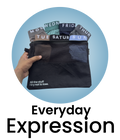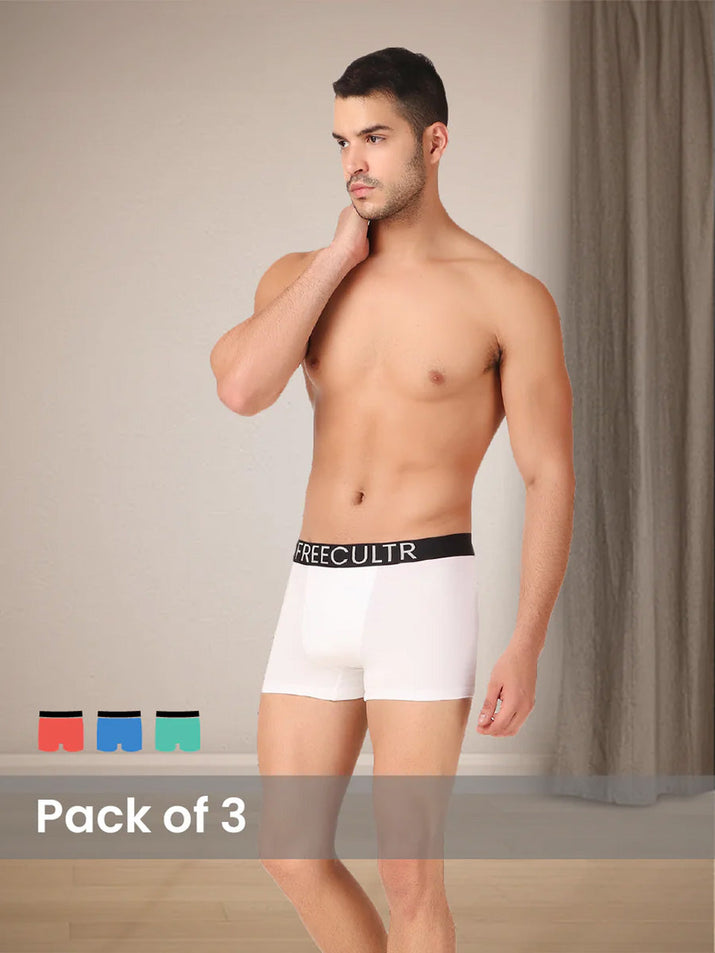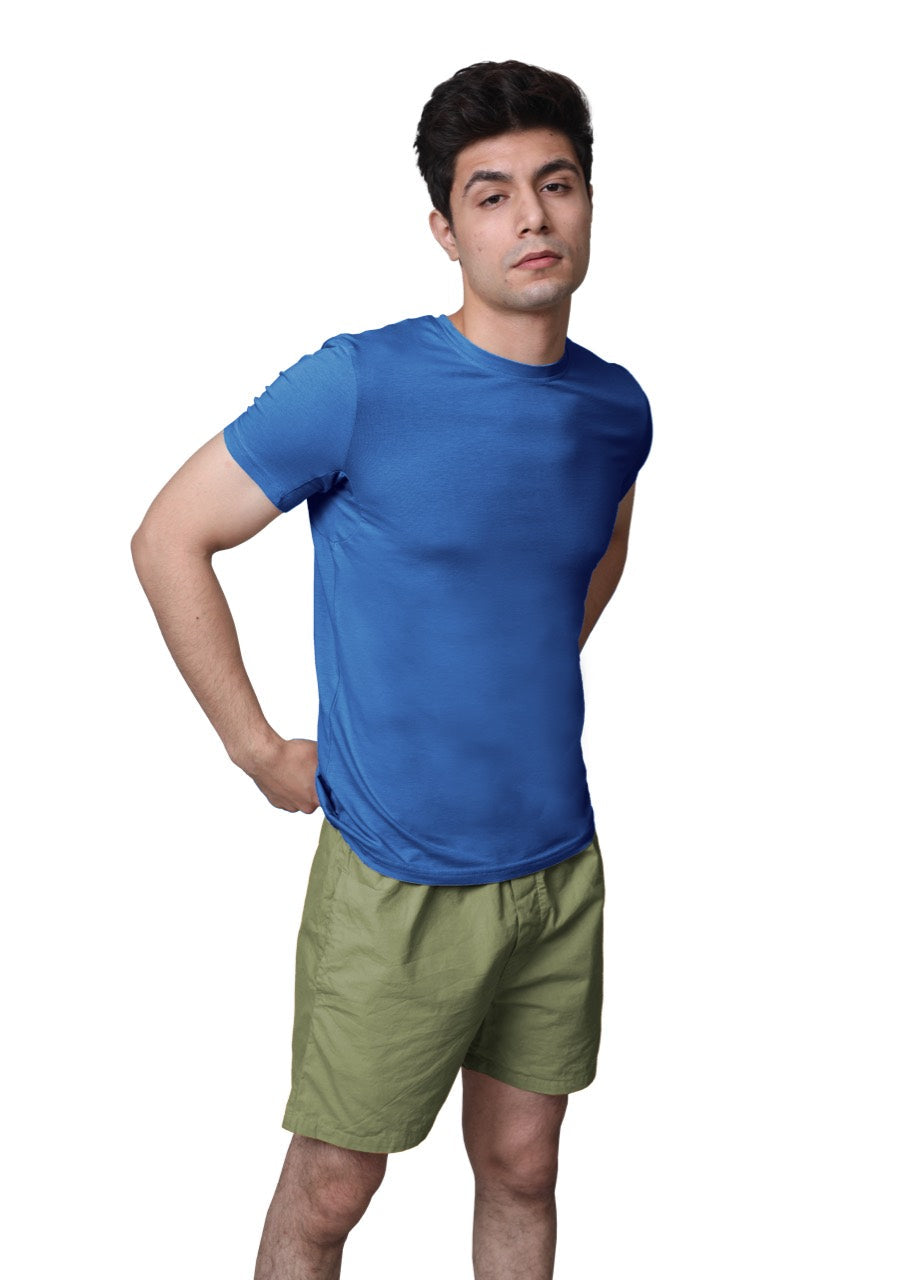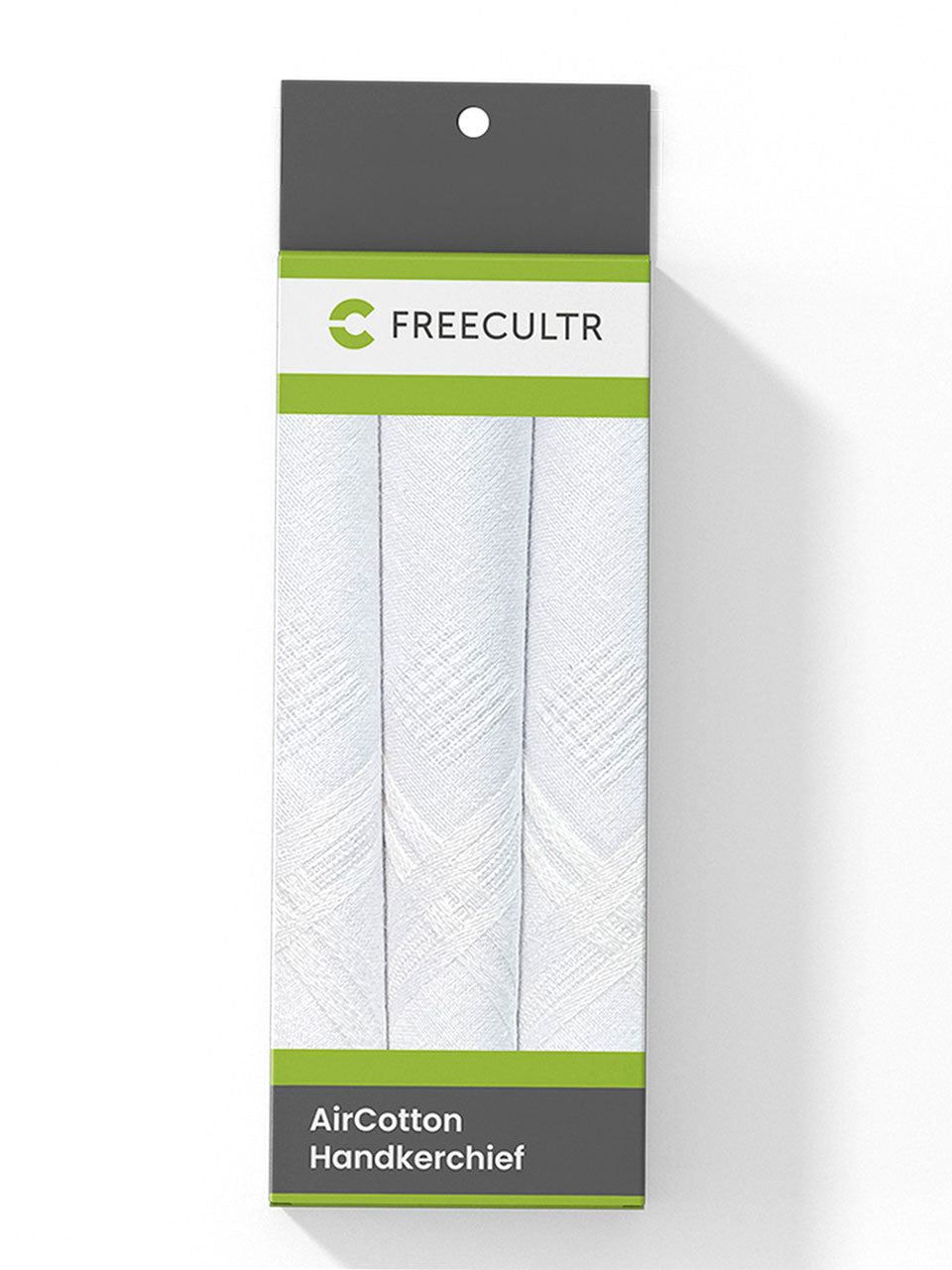The fashion industry is under increasing scrutiny for its environmental impact, pushing brands to adopt sustainable practices. Freecultr, a rising player, champions eco-friendly fabrics. But how truly "eco-friendly" are they? This evaluation isn't just about marketing claims; it demands a deeper dive into the lifecycle assessment of their materials. We'll compare Freecultr's fabrics against conventional options based on key criteria: water usage, carbon footprint, pesticide use. Biodegradability. We'll examine the specific materials used, such as organic cotton or recycled polyester. The certifications they hold. Ultimately, we aim to provide a balanced perspective on whether Freecultr’s fabric choices genuinely translate to a smaller environmental footprint.

Understanding "Eco-Friendly" Fabric: What Does It Really Mean?
The term "eco-friendly" is often thrown around. What does it truly signify when applied to fabric? At its core, an eco-friendly fabric is one that has a lower environmental impact compared to conventional textiles like cotton or polyester. This lower impact can stem from various aspects of the fabric's lifecycle, including:
- Raw Material Sourcing: Is the raw material renewable, sustainably harvested, or recycled?
- Production Processes: Does the manufacturing process use fewer resources (water, energy). Does it minimize the use of harmful chemicals?
- Biodegradability: Can the fabric decompose naturally at the end of its life, returning to the earth without leaving behind harmful residues?
- Durability: A more durable fabric lasts longer, reducing the need for frequent replacements and minimizing waste.
Common examples of eco-friendly fabrics include organic cotton, linen (made from flax), hemp, bamboo, Tencel (lyocell). Recycled materials like recycled polyester (rPET).
Freecultr's Approach: Delving into Their Fabric Choices
To evaluate whether Freecultr's eco-friendly fabric is truly "better for the planet," we need to comprehend the specific types of fabrics they use and the measures they take to minimize their environmental footprint. This includes examining:
- Specific Fabric Types: Do they primarily use organic cotton, recycled materials, or other sustainable options?
- Certifications: Are their fabrics certified by recognized organizations like GOTS (Global Organic Textile Standard), Oeko-Tex, or Bluesign? These certifications ensure that the fabric meets specific environmental and social criteria.
- Manufacturing Processes: What steps does Freecultr take to reduce water and energy consumption during production? Do they use closed-loop systems to recycle water and minimize waste?
- Dyeing and Finishing: Do they use low-impact dyes and avoid harmful chemicals like formaldehyde and heavy metals?
- Transparency: How transparent are they about their supply chain and manufacturing processes? Do they provide data about the origin of their raw materials and the environmental impact of their production?
By investigating these factors, we can gain a clearer picture of Freecultr's commitment to sustainability and the environmental benefits of their fabric choices.
Comparing Fabric Options: Conventional vs. Sustainable
Let's compare conventional cotton with organic cotton, a common sustainable alternative, to highlight the differences in environmental impact:
| Feature | Conventional Cotton | Organic Cotton |
|---|---|---|
| Pesticide Use | Heavily reliant on pesticides, which can harm ecosystems and human health. | Grown without synthetic pesticides, reducing environmental damage and health risks. |
| Water Consumption | Requires significant amounts of water for irrigation. | Often grown in rain-fed areas, reducing water usage. |
| Soil Health | Can deplete soil nutrients and lead to erosion. | Promotes soil health through crop rotation and natural fertilizers. |
| Biodiversity | Can negatively impact biodiversity due to pesticide runoff. | Supports biodiversity by creating a healthier ecosystem. |
This comparison illustrates the potential benefits of choosing sustainable fabrics like organic cotton over conventional options. Similar comparisons can be made for other fabric types, such as recycled polyester versus virgin polyester.
The Role of Certifications: Validating Eco-Friendly Claims
Certifications play a crucial role in verifying the environmental claims of fabrics. Here are some of the most recognized certifications in the textile industry:
- GOTS (Global Organic Textile Standard): This certification covers the entire textile supply chain, from raw material to finished product, ensuring that the fabric is made with organic fibers and meets strict environmental and social criteria.
- Oeko-Tex Standard 100: This certification tests for harmful substances in textiles, ensuring that the fabric is safe for human use.
- Bluesign: This certification focuses on the environmental performance of the entire textile supply chain, ensuring that resources are used efficiently and that harmful chemicals are eliminated.
- Recycled Claim Standard (RCS): This certification verifies the recycled content of a product.
When evaluating Freecultr's eco-friendly fabric, it's vital to look for these certifications to ensure that their claims are backed by independent verification.
Real-World Applications: How Sustainable Fabrics Make a Difference
The use of sustainable fabrics has a wide range of real-world applications, contributing to a more environmentally responsible fashion industry. Here are some examples:
- Reducing Water Pollution: By using organic cotton and low-impact dyes, brands can significantly reduce water pollution from textile manufacturing.
- Conserving Resources: Recycled fabrics like rPET help to conserve resources by diverting plastic waste from landfills.
- Protecting Ecosystems: Sustainable farming practices, such as those used in organic cotton production, help to protect ecosystems and biodiversity.
- Promoting Ethical Labor Practices: Many certifications, such as GOTS, also include social criteria that ensure fair labor practices in the textile industry.
By choosing sustainable fabrics, consumers can support these positive impacts and contribute to a more sustainable future for fashion.
Addressing the "Greenwashing" Issue
It's essential to be aware of "greenwashing," a practice where companies make misleading claims about the environmental benefits of their products. To avoid falling victim to greenwashing, consumers should:
- Look for Certifications: Verify environmental claims with recognized certifications.
- Research the Brand: Investigate the company's sustainability practices and transparency.
- Read Labels Carefully: Pay attention to the fabric composition and any environmental claims made on the label.
- Ask Questions: Don't hesitate to contact the brand and ask for more insights about their sustainability efforts.
By being informed and critical consumers, we can help to hold brands accountable for their environmental claims and promote genuine sustainability in the fashion industry. Supporting brands that prioritize Sustainability and Ethical Fashion is crucial for a better future.
Conclusion
The journey towards a more sustainable wardrobe isn't a sprint. A marathon. We've explored the nuances of Freecultr's eco-friendly fabrics, understanding their potential benefits and areas where further transparency is crucial. As consumers, we hold the power to drive change. The Implementation Guide: Remember, "eco-friendly" is a spectrum. Don't just look for the label; delve into the specifics. Research the certifications, comprehend the sourcing. Ask brands tough questions. Practical tip: before discarding any clothing, consider its end-of-life potential. Can it be upcycled, donated, or recycled? Action item: take inventory of your current wardrobe and identify one area where you can make a more sustainable choice with your next purchase. Success metrics? Reduced textile waste, a smaller carbon footprint. The satisfaction of knowing you're contributing to a healthier planet, one conscious choice at a time. Personally, I've started opting for garments with traceable supply chains. Small steps, big impact.More Articles
Men's Modal Trunks for Men Comfortable – Superior Softness & Moisture WickingSeamless Boxer Shorts for Women Full Coverage – Invisible Under Clothes & Gentle Support
Full Sleeves T Shirt Men – Versatile Style & Lasting Comfort
Low Rise Brief for Men – Modern Design & Enhanced Breathability
FAQs
So, Freecultr says their fabrics are eco-friendly. But really, are they better for the planet?
Okay, good question! The short answer is: generally, yes. It's not a magic bullet. Compared to conventional cotton or synthetic fabrics, materials like organic cotton, hemp, or recycled fibers (which Freecultr often uses) have a smaller environmental footprint. Think less water usage, fewer pesticides. Potentially reduced carbon emissions. But, 'eco-friendly' is a spectrum. Even the best eco-fabrics still require resources and energy to produce.
What kind of 'eco-friendly' fabrics do they actually use. Why are those better?
From what I've seen, they tend to favor things like organic cotton (grown without nasty pesticides), recycled materials (like plastic bottles transformed into fabric!). Sometimes plant-based options like hemp or Tencel. Organic cotton is better because it avoids polluting the soil and water with chemicals. Recycled materials reduce landfill waste and the need for new raw materials. Plant-based options often require less water and pesticides than conventional cotton.
Is organic cotton really that much better than regular cotton? Seems like a lot of hype.
It's definitely not just hype. It's also not a perfect solution. Regular cotton is a thirsty crop that uses tons of pesticides, which can harm ecosystems and human health. Organic cotton eliminates those pesticides and generally uses water more efficiently. But, it can sometimes require more land to produce the same amount of cotton, so it's a trade-off. Still, on balance, it's a significant improvement.
What about the dyes and finishes? Can't those ruin the eco-friendliness?
Absolutely! Even if the fabric itself is sustainable, harsh dyes and finishes can negate a lot of the benefits. Look for brands, including Freecultr, that use low-impact dyes (which use less water and fewer chemicals) and avoid harmful finishes like formaldehyde. Transparency about their dyeing and finishing processes is a good sign.
Okay, so it's probably better. But is it significantly better, or just a tiny bit?
That's tough to quantify precisely without a full lifecycle assessment of each garment. But, if Freecultr is genuinely committed to sustainable practices throughout their supply chain (from sourcing to production), the cumulative impact can be substantial. Choosing eco-friendly fabrics is one piece of the puzzle. It's an vital one.
If I buy Freecultr's stuff, am I automatically saving the planet?
Haha, not quite! Buying one eco-friendly shirt won't single-handedly solve climate change. But, by supporting brands that prioritize sustainability, you're sending a message that you value responsible production. Plus, consider the whole picture: wash your clothes less often, air dry them instead of using a dryer. Donate or recycle them when you're done. Every little bit helps!
What should I look for to be sure Freecultr is actually eco-friendly?
Besides the type of fabric, look for certifications like GOTS (for organic cotton), Oeko-Tex (for chemical safety), or bluesign (which covers the entire production process). Transparency is key – a brand that's proud of its sustainability efforts will usually be open about its practices. Don't be afraid to do a little digging!






